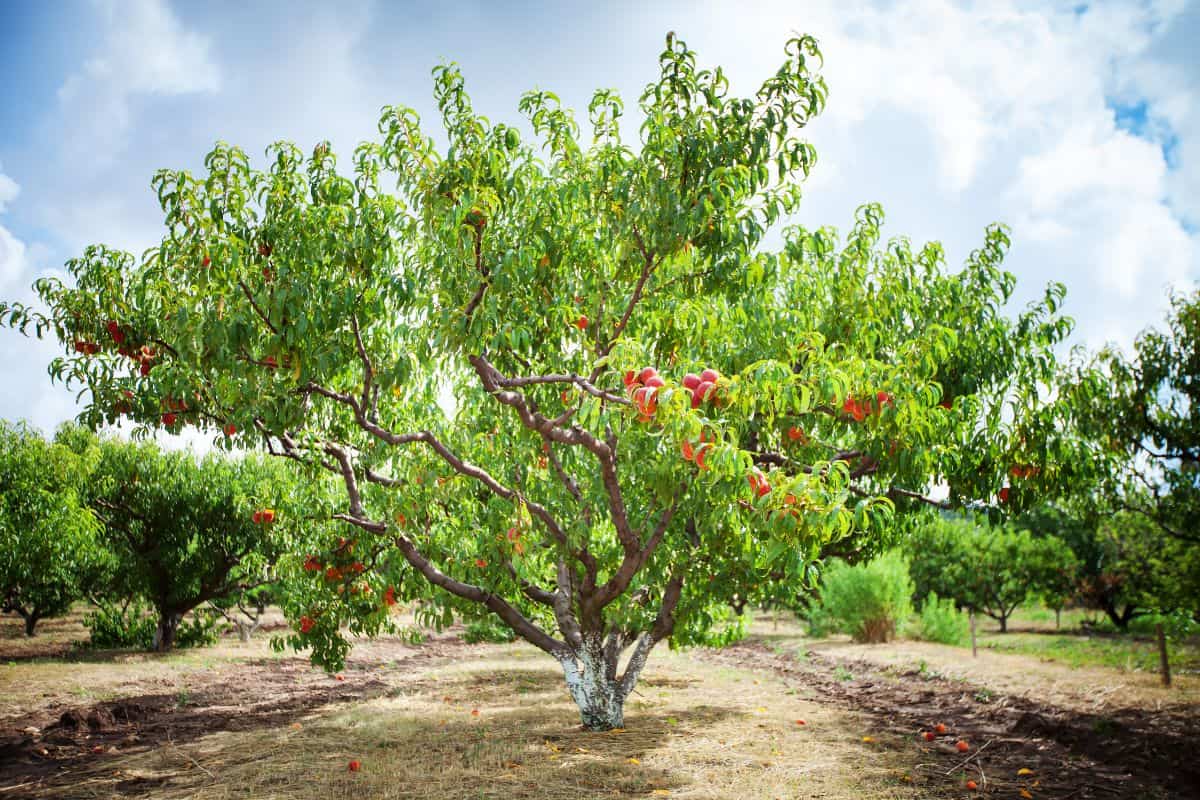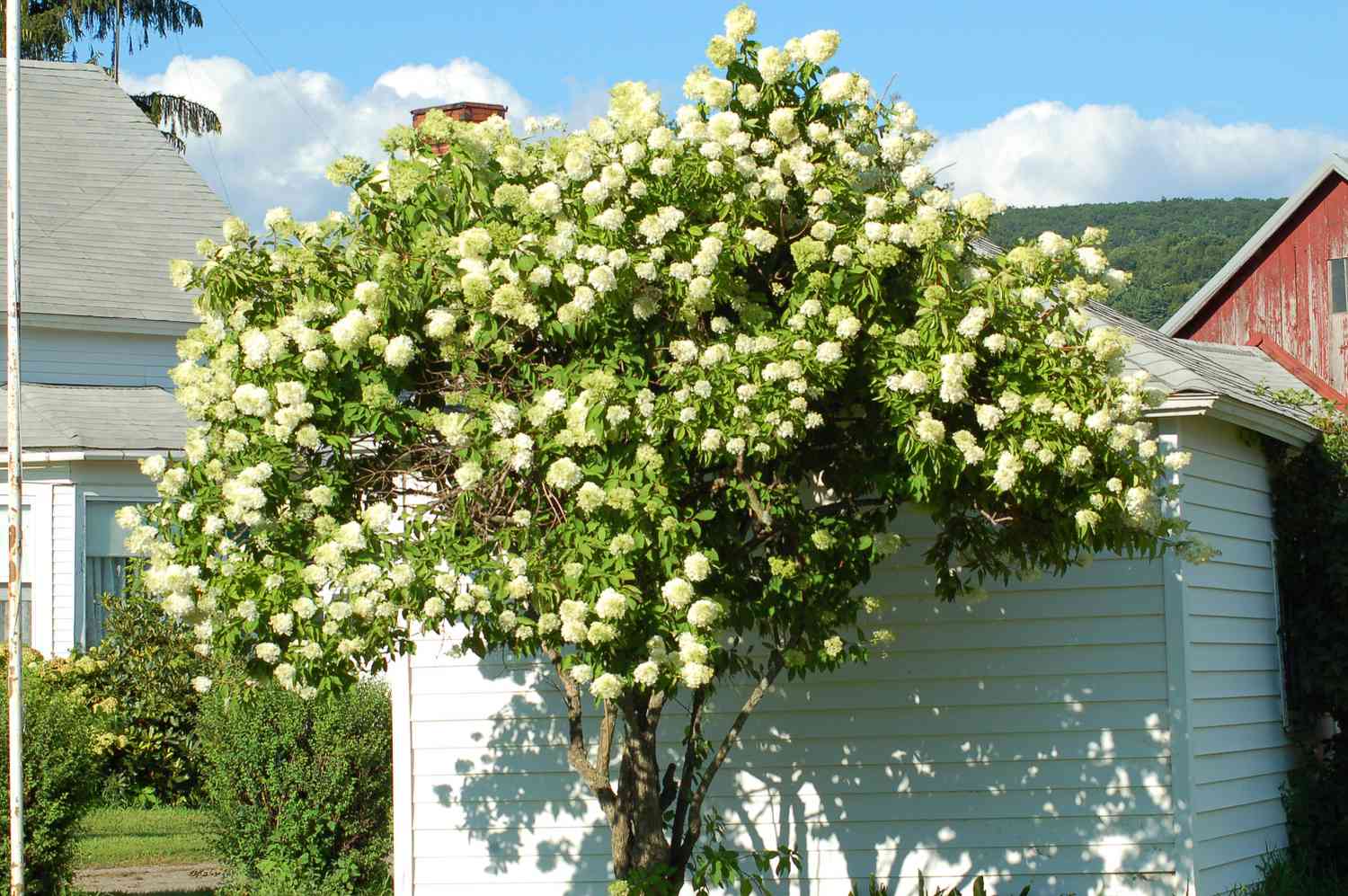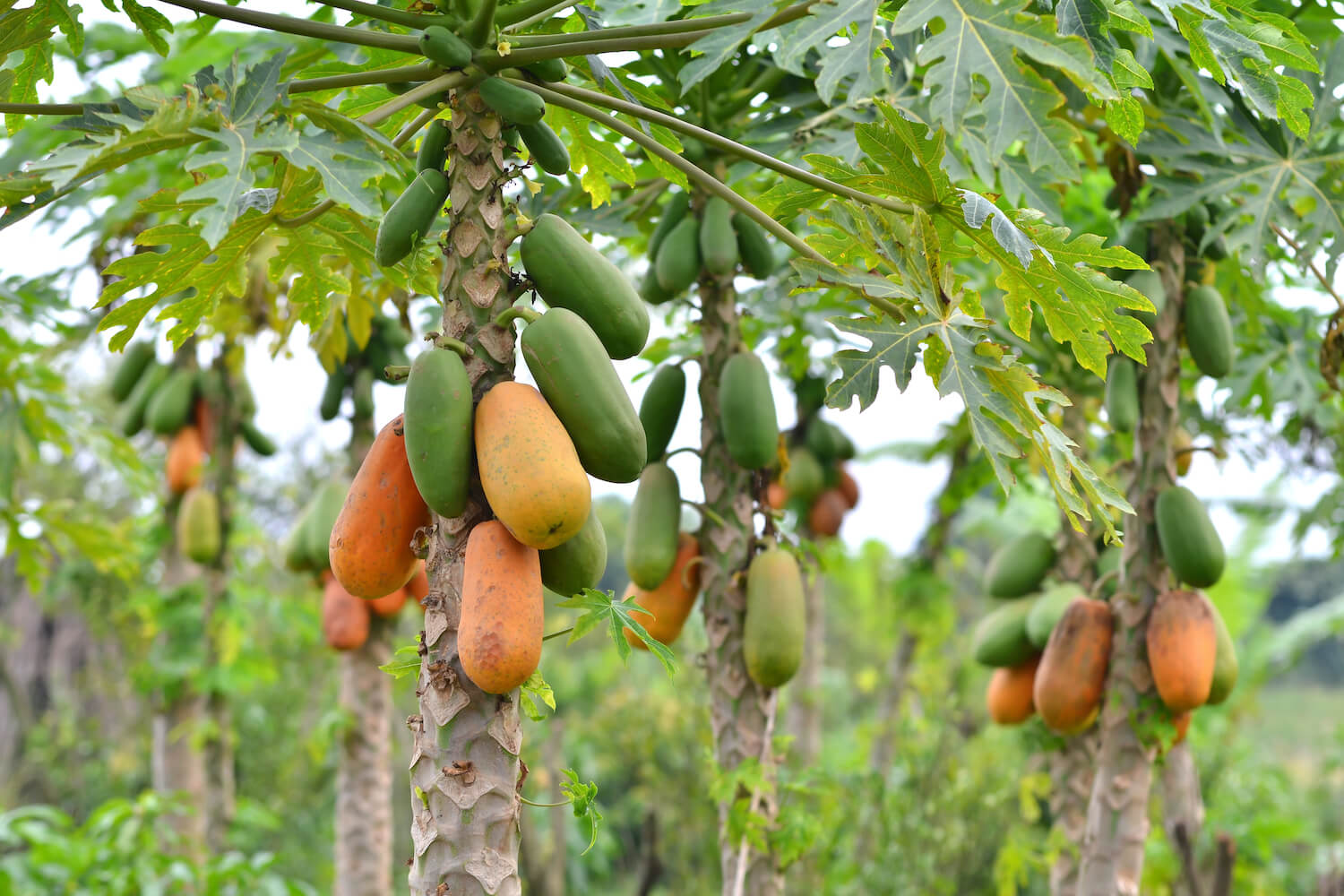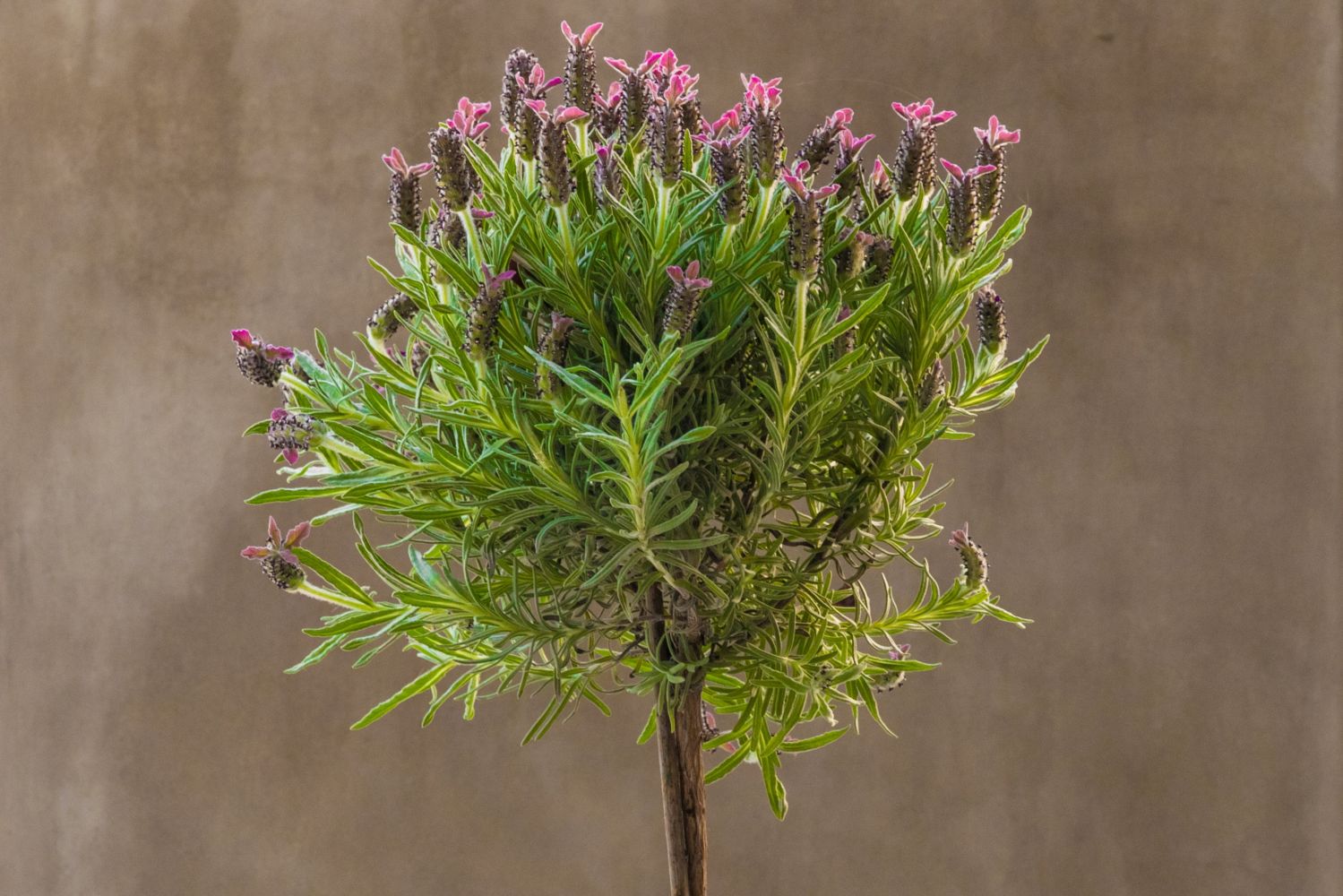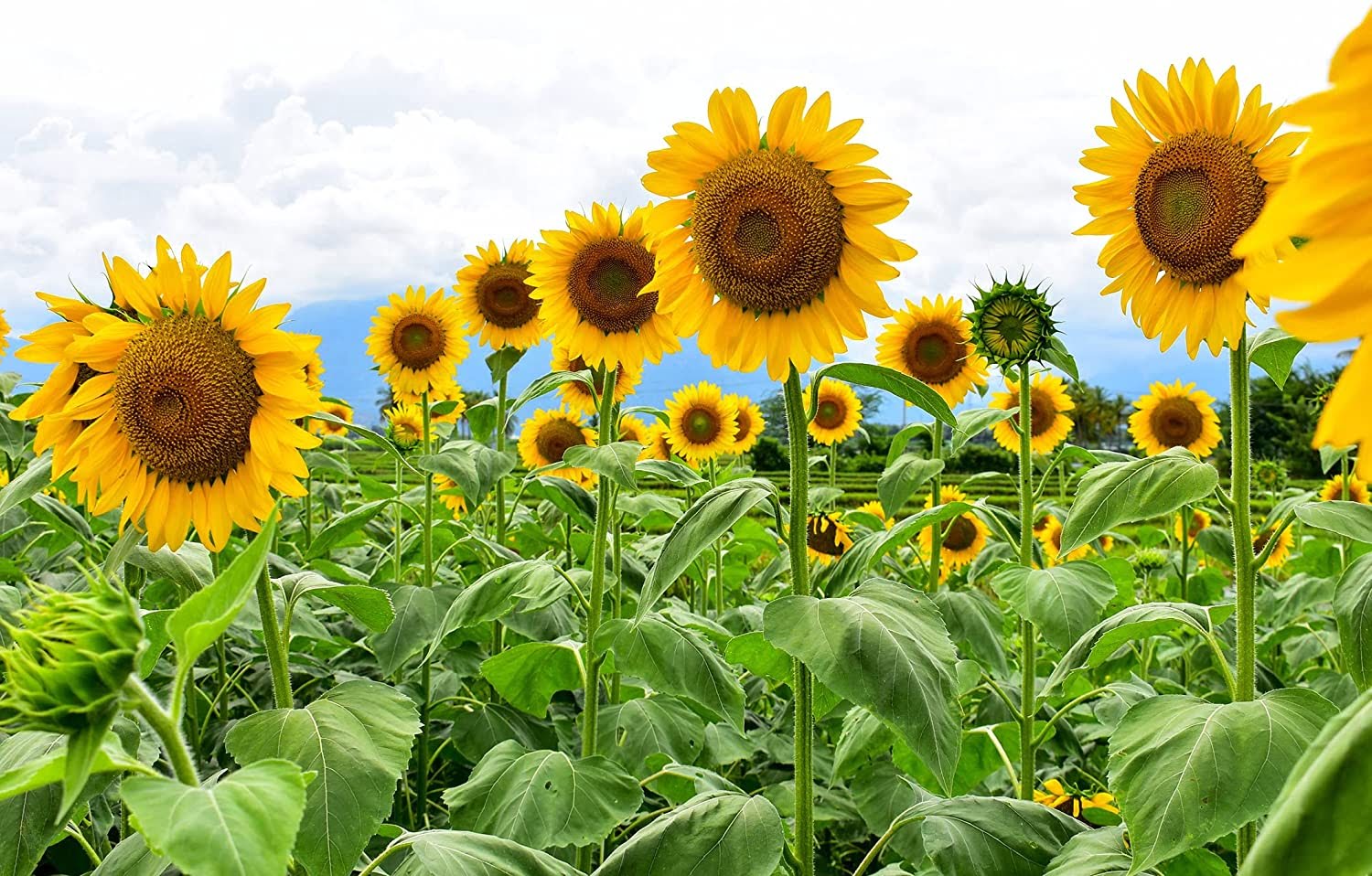Home>Gardening Techniques>Plant Care>How Big Do Bonsai Trees Get
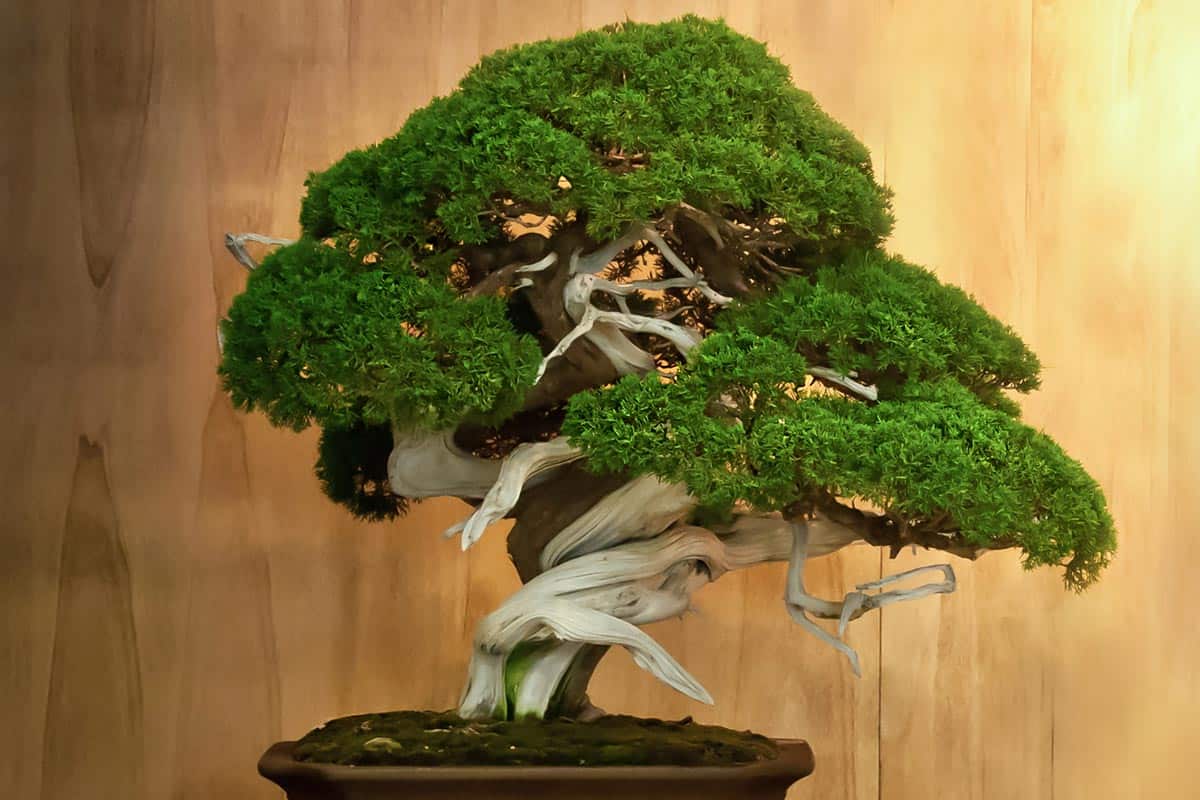

Plant Care
How Big Do Bonsai Trees Get
Modified: January 22, 2024
Learn about plant care for bonsai trees and discover how big they can grow. Enhance your gardening skills and create beautiful miniature landscapes with these stunning plants.
(Many of the links in this article redirect to a specific reviewed product. Your purchase of these products through affiliate links helps to generate commission for Chicagolandgardening.com, at no extra cost. Learn more)
Table of Contents
Introduction
Welcome to the captivating world of bonsai trees. These miniature trees have captured the imaginations of plant enthusiasts and gardeners for centuries. The art of bonsai involves cultivating and shaping trees to create stunning miniature landscapes that evoke a feeling of tranquility and natural beauty.
One commonly asked question by beginners is, “how big do bonsai trees get?” It’s a valid concern, as bonsai trees are known for their small size and compact growth. However, the ultimate size of a bonsai tree depends on various factors, including the tree species, cultivation techniques, and the desired aesthetic of the bonsai artist.
Bonsai trees are not a specific species of tree but rather the result of careful cultivation and pruning to maintain their small size. The art of bonsai originated in China over a thousand years ago and was later developed and popularized in Japan. The word “bonsai” itself translates to “tray planting” or “plant in a pot,” which reflects the intimate nature of these miniature trees.
While bonsai trees are often associated with small size, they can actually vary significantly in height and thickness. Some bonsai trees may only reach a height of 6 inches, while others can grow as tall as 3 feet or more. The size of a bonsai tree is primarily determined by the species and variety, as each tree has its own growth patterns and characteristics.
It’s important to note that the goal of creating a bonsai tree is not to stunt its growth, but rather to carefully manage and shape it to achieve a desired aesthetic. Bonsai trees should still have a healthy and proportionate appearance, despite their reduced size.
In the following sections, we will explore the factors that affect the size of bonsai trees, the different varieties and their size potentials, techniques for controlling growth, as well as tips for pruning and shaping bonsai trees to maintain their desired size.
Factors Affecting Bonsai Tree Size
Several factors play a role in determining the size of a bonsai tree. Understanding these factors is crucial for bonsai enthusiasts who wish to create and maintain small-sized trees that align with their vision.
1. Tree Species: Different tree species have different growth characteristics, which directly impact the size of the bonsai tree. Some species naturally have smaller leaves, shorter internodes (the spaces between leaves along the stem), and finer branch structures, making them ideal for creating small-sized bonsai trees. Examples of popular small-sized bonsai tree species include Juniper, Japanese Maple, and Chinese Elm.
2. Environmental Factors: The environment in which the bonsai tree is grown also influences its size. Factors such as sunlight, temperature, humidity, and soil quality directly impact the growth rate and overall size of the tree. Bonsai trees grown in ideal conditions with adequate sunlight and proper watering tend to grow at a moderate pace, resulting in a balanced size.
3. Cultivation Techniques: The techniques used to cultivate and care for bonsai trees significantly affect their size. Regular pruning of branches, root trimming, and strategic wiring can help control the growth and shape of the tree. Additionally, container size plays a role in determining bonsai tree size, as smaller pots restrict root growth and limit the overall size of the tree.
4. Age of the Tree: The age of the bonsai tree also contributes to its size. Younger trees have the potential to be shaped and trained into smaller sizes more easily, as their growth patterns are still developing. Older bonsai trees, on the other hand, may have more established branches and root systems, requiring more effort and skill to maintain a smaller size.
5. Regular Maintenance: Consistent and attentive care is crucial in managing the size of a bonsai tree. Regular pruning, wiring, and repotting help maintain the desired shape and size, preventing unchecked growth. Each pruning session allows the bonsai enthusiast to shape the tree according to their artistic vision, keeping it within the desired size range.
It’s important to note that while these factors impact the overall size of the bonsai tree, there is no specific size that is considered “right” or “correct.” Bonsai trees are an expression of art and personal preference. The size of the tree should align with the artist’s vision and convey the desired aesthetic appeal.
Different Bonsai Tree Varieties and Their Size Potential
Bonsai trees come in a wide variety of species, each with its own unique characteristics and size potential. Understanding the growth patterns and size limitations of different bonsai tree varieties is essential for creating a harmonious and proportionate miniature landscape.
1. Juniper: Juniper bonsai trees are popular for their rugged and twisted trunk formations. They are known for their ability to withstand harsh growing conditions and can be shaped into various styles. Juniper bonsai trees have a moderate growth rate and can grow up to 1-3 feet in height, making them suitable for both indoor and outdoor cultivation.
2. Japanese Maple: Japanese Maple bonsai trees are cherished for their delicate and vibrant foliage. These trees have a slow growth rate and can reach heights of 1-2 feet. The distinct shape of their leaves and the elegant branching pattern make Japanese Maple bonsai trees ideal for creating graceful and artistic compositions.
3. Chinese Elm: Chinese Elm bonsai trees are highly versatile and adaptable. They can tolerate a wide range of climates, making them suitable for both indoor and outdoor cultivation. Chinese Elm bonsai trees have a fast growth rate and can reach heights of 1-2 feet, making them popular choices for beginners and experienced bonsai enthusiasts alike.
4. Pine: Pine bonsai trees are known for their unique needle-like foliage and rugged appearance. Depending on the species, pine bonsai trees can grow to different heights. Japanese Black Pine, for example, can attain heights of 1-2 feet, while Mugo Pine is naturally smaller and more compact, growing up to 1 foot in height.
5. Trident Maple: Trident Maple bonsai trees are appreciated for their attractive foliage and striking autumn colors. These trees have a moderate growth rate and can grow up to 1-2 feet in height. With proper pruning and training, Trident Maple bonsai trees can develop dense branching structures and a compact size.
It’s important to research and understand the specific requirements and growth habits of the bonsai tree variety you choose. This knowledge will guide you in creating the ideal growing environment and implementing cultivation techniques to maintain the desired size and shape.
Techniques for Controlling Bonsai Tree Growth
Controlling the growth of a bonsai tree is essential for maintaining its desired size and shape. Several techniques can be employed to regulate and shape the growth of your bonsai tree.
1. Pruning: Pruning is one of the most vital techniques for controlling bonsai tree growth. Regular pruning helps maintain the desired size and shape of the tree by removing excess branches and foliage. It also stimulates new growth and improves the overall health of the tree. Pruning should be done with sharp and clean bonsai scissors or shears to ensure precise cuts and prevent damage to the tree.
2. Root Pruning: As bonsai trees are grown in small containers, regular root pruning is necessary to prevent unchecked root growth. Root pruning reduces the size of the root system, which, in turn, helps control the growth of the tree and allows for the tree to receive enough nutrients. This technique should be done during the repotting process, typically every few years.
3. Wiring: Wiring is used to shape the branches and trunk of a bonsai tree. It involves wrapping wire around the branches and gently bending them into the desired position. Wiring should be done during the tree’s dormant period and monitored regularly to prevent wire cutting into the bark. After a few months, once the branches have set in place, the wire should be removed to avoid any damage.
4. Selective Defoliation: Selective defoliation is a technique used to regulate the growth of a bonsai tree by removing a portion of its foliage. This process stimulates the tree to produce new growth and creates a more compact appearance. However, this technique should only be used on healthy and vigorous trees and be performed with caution to ensure the tree’s vitality is not compromised.
5. Proper Watering and Fertilization: Maintaining proper watering and fertilization practices is crucial for controlling bonsai tree growth. Over-watering can lead to excessive and unchecked growth, while under-watering can stunt the tree’s growth. Similarly, fertilizer should be applied in balanced amounts to ensure the tree receives the necessary nutrients without encouraging excessive growth.
It’s important to remember that these techniques should be applied with care and patience. Each bonsai tree is unique, and it may take time and experimentation to find the right balance and technique that works for your particular tree and artistic vision. Regular observation and adjustments to your approach will help you successfully control the growth and shape of your bonsai tree.
Pruning and Shaping Bonsai Trees to Maintain Their Size
Pruning and shaping are essential practices in maintaining the desired size of a bonsai tree. By carefully pruning branches and shaping the tree’s structure, you can achieve a compact and proportionate appearance.
1. Crown Pruning: Crown pruning involves selectively pruning the upper portion of the tree, focusing on reducing the height and overall size. This technique helps create a more balanced and compact silhouette. It’s important to make cuts above a bud or node to encourage new growth and prevent unsightly stubs.
2. Branch Pruning: Branch pruning involves removing unnecessary or excessive branches that disrupt the tree’s desired shape and size. It’s important to identify which branches contribute to the overall design and those that need to be removed. Pruning should be done strategically to maintain the tree’s aesthetics and health.
3. Fine Pruning: Fine pruning involves trimming the small shoots and foliage that contribute to the tree’s overall density and size. By removing excessive growth, you can maintain a more refined and intricate appearance. Fine pruning should be done with precision and attention to detail to avoid damaging the tree or disrupting its natural flow.
4. Wiring and Shaping: Wiring is a technique used to shape the branches and trunk of a bonsai tree, allowing you to guide its growth and create the desired form. By carefully bending and shaping the branches, you can maintain the tree’s size and create an aesthetically pleasing structure. Wiring should be done with care to avoid injury to the tree and adjusted regularly as the branches set into place.
5. Coaxing Backbud Formation: Backbud formation is the process of encouraging new growth from the old wood of a bonsai tree. By carefully removing the terminal buds of branches, you can stimulate the growth of smaller buds along the branch, allowing you to control the extension and density of foliage. This technique helps in creating a compact and dense canopy, aiding in maintaining the desired size.
Regular observation and ongoing maintenance are essential in pruning and shaping your bonsai tree. It’s important to be patient and allow the tree to recover and adapt after each pruning session. By understanding the growth patterns of your tree species and applying the appropriate techniques, you can effectively maintain the desired size and appearance of your bonsai tree.
Factors to Consider for Bonsai Tree Size Selection
When selecting a bonsai tree, considering various factors can help you make an informed decision about the size that will best suit your needs and preferences. Here are some essential factors to consider:
1. Available Space: One of the most important factors to consider is the space you have available to display your bonsai tree. If you have limited space, a smaller-sized bonsai tree would be more appropriate. However, if you have ample space, you may opt for a larger-sized tree that can become a striking focal point.
2. Indoor or Outdoor Cultivation: The location where you plan to grow your bonsai tree will influence the size you choose. Some bonsai tree varieties are better suited for indoor cultivation, where space restrictions may be a consideration. In contrast, outdoor bonsai trees have more room to grow, allowing for larger and more majestic specimens.
3. Aesthetic Appeal: The aesthetic you wish to achieve with your bonsai tree plays a significant role in size selection. Different tree sizes evoke different feelings and styles. For instance, smaller-sized bonsai trees create an intimate and delicate atmosphere, while larger-sized trees convey a sense of grandeur and strength.
4. Level of Maintenance: The size of the bonsai tree can also impact the level of maintenance required. Smaller-sized trees generally require less frequent pruning and maintenance, making them a suitable choice for those who may have limited time or prefer a more hands-off approach. On the other hand, larger-sized trees may require more attention and effort to maintain their size and shape.
5. Experience and Skill Level: Your level of experience and skill in bonsai cultivation can also influence your size selection. If you are a beginner or have limited experience, starting with a smaller-sized tree can be more manageable and less overwhelming. As your skills develop, you can gradually work with larger-sized trees that require more advanced techniques.
6. Personal Preference: Finally, it is important to consider your personal preference when selecting the size of your bonsai tree. Bonsai cultivation is an expression of art, and your choice should reflect your own taste and style. Choose a size that resonates with you and brings you joy and satisfaction.
By taking these factors into account, you can make an informed decision on the size of your bonsai tree that aligns with your available space, aesthetic preference, level of maintenance, skill level, and personal taste. Remember, the size of the bonsai tree is an integral part of its overall character and impact, so choose wisely to create a harmonious and captivating display.
Conclusion
Bonsai trees are a captivating art form that allows us to bring the beauty and serenity of nature into our living spaces. Understanding how to maintain the size of bonsai trees is crucial for creating and nurturing these miniature marvels.
Through careful consideration of factors such as tree species, environmental conditions, cultivation techniques, and personal preferences, we can control and shape the growth of bonsai trees to achieve the desired size and aesthetic appeal. Pruning, shaping, root pruning, wiring, and selective defoliation are some of the techniques we can employ to maintain the desired size and shape of our bonsai trees.
It’s important to remember that bonsai trees are a living art form that requires regular care and attention. As we prune and shape our bonsai trees, we must also nurture them with proper watering and fertilization. By striking the right balance and implementing these practices, we can cultivate healthy and thriving bonsai trees that remain in the desired size range.
Ultimately, the size of a bonsai tree should align with your personal vision, available space, and level of commitment. Whether you prefer the delicate beauty of a small-sized bonsai tree or the grandeur of a larger specimen, the choice is yours. The art of bonsai grants us the opportunity to express our creativity and bring nature’s beauty into our everyday lives.
So embark on your bonsai journey, explore different tree varieties, and embrace the art of pruning and shaping. With dedication and patience, you can create stunning miniature landscapes that reflect your unique style and bring joy and tranquility to both you and those who behold the beauty of your bonsai trees.
